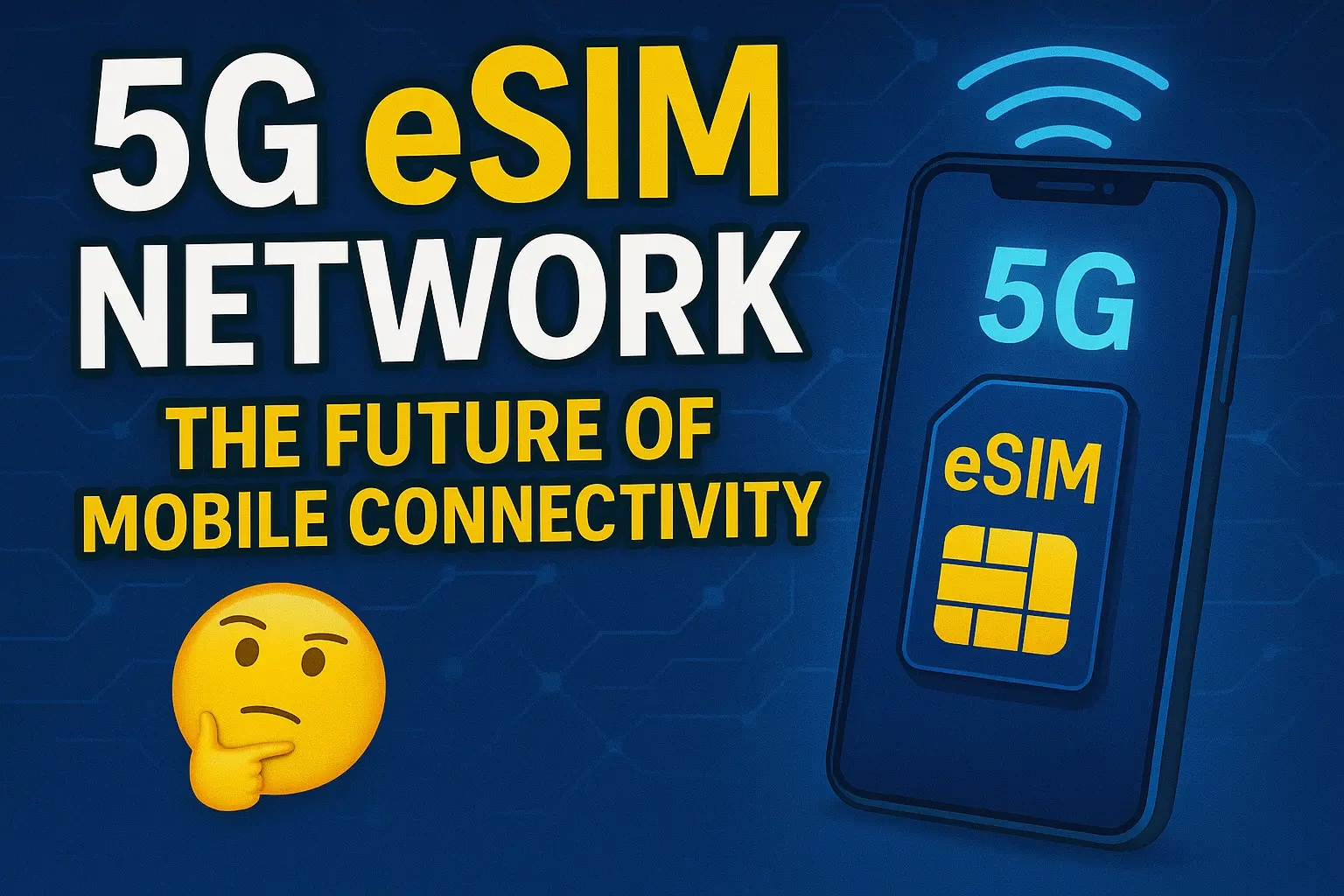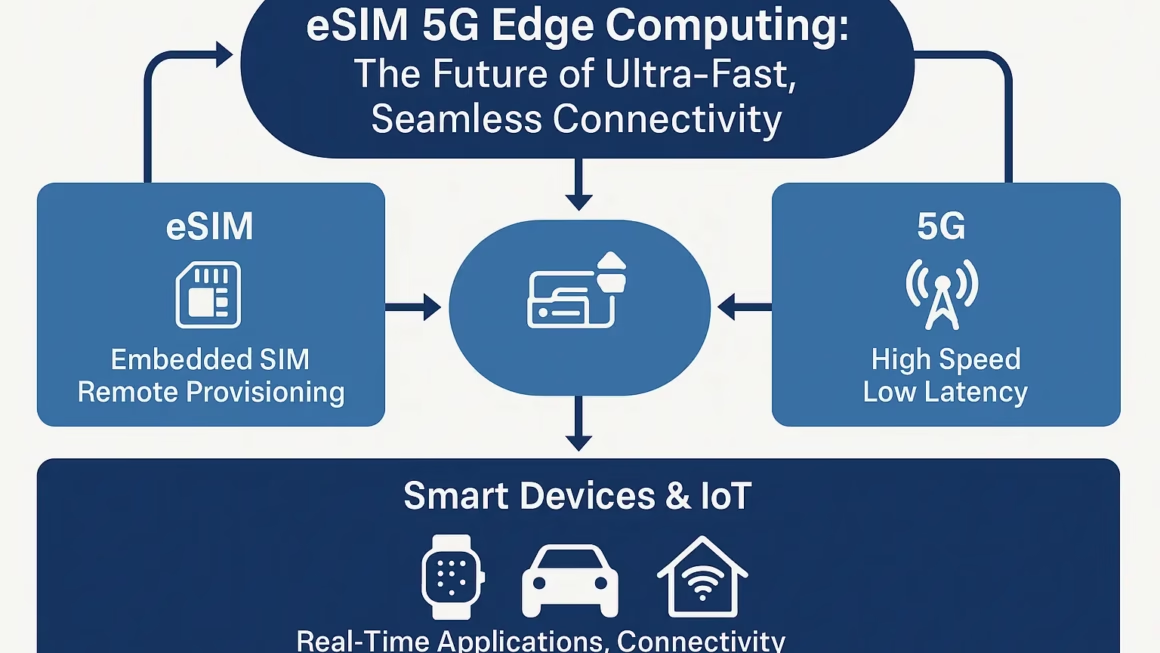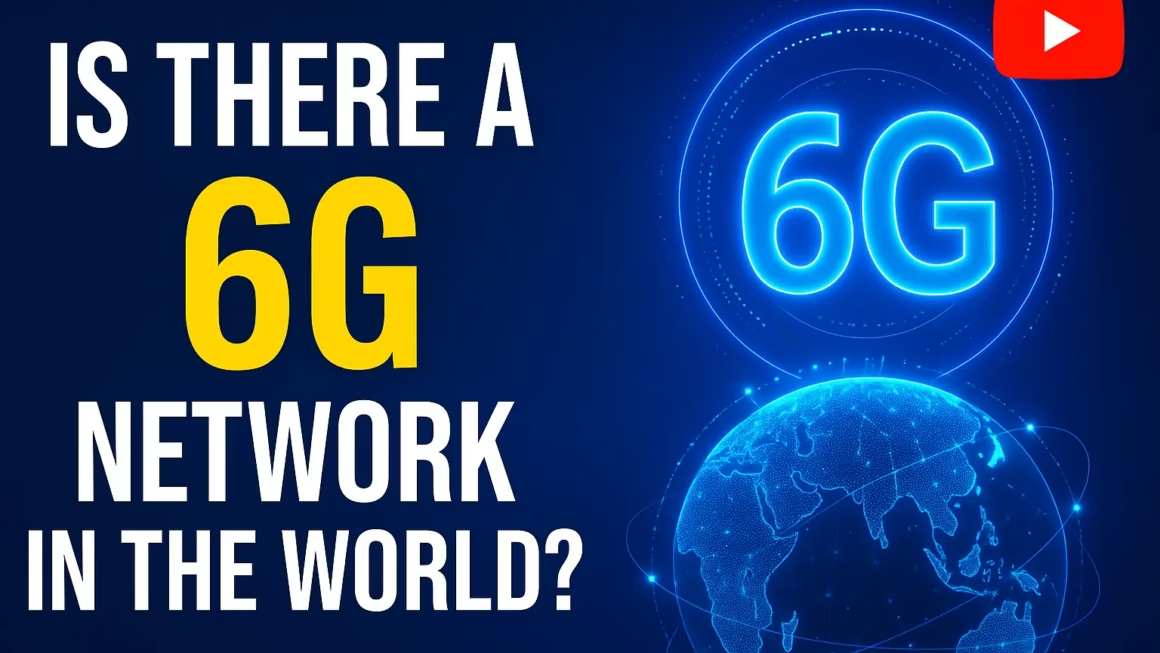5G eSIM Network: The Future of Mobile Connectivity
The evolution of mobile networks is reaching a new milestone with the combination of 5G technology and embedded SIM (eSIM) functionality. The 5G eSIM network is rapidly reshaping how users connect to the internet, manage carrier services, and experience wireless speed. In this comprehensive guide, we explore the benefits, applications, and future potential of 5G eSIM technology.
Traditional SIM cards have dominated mobile connectivity for decades, but with the rise of IoT, smart devices, and global roaming needs, the limitations of physical SIMs are evident. eSIM, a programmable chip embedded in devices, eliminates the need for swapping physical cards. When integrated with 5G networks, it provides users with an unmatched experience—seamless, secure, and fast.
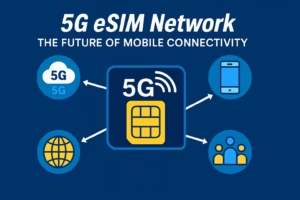
The synergy of 5G and eSIM goes beyond just convenience. It enables smart cities, supports industrial automation, and accelerates next-gen services like AR/VR. With global telecom giants adopting eSIM with 5G, this paradigm shift in mobile connectivity is not just the future—it is the present.
What is a 5G eSIM Network?
A 5G eSIM network refers to a mobile connectivity infrastructure that uses embedded SIM (eSIM) technology to access and manage 5G network services. Unlike traditional SIM cards, eSIMs are built directly into the device’s motherboard, allowing users to switch carriers or update profiles digitally without needing a physical card.[YOUTUBE]
When combined with 5G’s ultra-fast speeds, low latency, and massive connectivity, eSIM technology becomes a powerful enabler of innovation. Users can enjoy real-time streaming, cloud gaming, virtual meetings, and more, all without being tied to a specific network or location. Enterprises can deploy and manage fleets of IoT devices remotely, making 5G eSIM a critical part of digital transformation strategies.
How 5G Enhances eSIM Functionality
5G provides the backbone of performance and scale that eSIM relies on for maximum effectiveness. It supports ultra-reliable low-latency communication (URLLC) and enhanced mobile broadband (eMBB), two critical elements for enterprise and consumer use cases alike.
Benefits of 5G eSIM for Consumers and Businesses
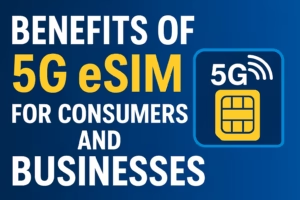
One of the most immediate advantages of a 5G eSIM network is the elimination of physical SIM cards. This means users can activate their devices instantly without visiting a retail store. The process of switching carriers becomes as easy as downloading an app or scanning a QR code.
For consumers, this means greater freedom, lower costs when traveling abroad, and faster access to new network plans. Businesses benefit from scalability—managing thousands of connected devices through remote provisioning and central dashboards. Industries like logistics, healthcare, and automotive have seen dramatic improvements in tracking, security, and connectivity with 5G eSIM.
Remote Management and IoT Efficiency
eSIM is a game-changer for the Internet of Things (IoT). Companies can deploy, monitor, and manage devices across the globe without physically accessing them. Combined with 5G, this ensures that every device—from smartwatches to autonomous vehicles—remains connected and up to date.
Use Cases of 5G eSIM Across Industries
From healthcare to transportation, the use of 5G eSIM is proving to be revolutionary. In healthcare, for instance, remote patient monitoring systems are leveraging 5G speeds and eSIM flexibility to ensure real-time health tracking and emergency communication—even in remote areas.
In the logistics and transportation sectors, companies use 5G eSIM to track shipments in real time, maintain vehicle connectivity across borders, and reduce operational downtime. eSIM’s adaptability across carriers allows vehicles to automatically switch to the best available network while on the move.
Consumer electronics, particularly wearables and smart devices, are increasingly built with eSIM capability. Devices like smartwatches, tablets, and even laptops now come with integrated 5G eSIM, allowing users to stay connected without being tethered to Wi-Fi.
Smart Cities and eSIM Integration
Smart city infrastructure is also leveraging 5G eSIM for traffic management, energy distribution, and public safety services. These systems require reliable and fast communication channels that only 5G with eSIM can provide consistently.
How to Activate and Use a 5G eSIM
Using a 5G eSIM is surprisingly simple. Most smartphones and tablets with eSIM support allow users to activate service by scanning a QR code provided by their carrier or by entering activation details manually. This process is usually completed within minutes.
Users can download multiple profiles on their eSIM-enabled devices and switch between networks as needed. This is especially useful for frequent travelers or digital nomads, as they can access local data plans without buying a new SIM every time they change countries.
Many telecom operators now offer eSIM plans on their websites, along with instructions for activation. Devices like iPhone, Pixel, Samsung Galaxy, and others come with built-in eSIM compatibility, further accelerating adoption rates worldwide.
Compatibility and Network Availability
Before activation, users should ensure their device is eSIM-compatible and unlocked. Availability of eSIM services may vary by country and operator, but global support is rapidly growing, especially with the expansion of 5G networks.
Security and Privacy in 5G eSIM Networks
Security is a top priority in any mobile network. The 5G eSIM network introduces new layers of protection, from encryption to secure remote provisioning. eSIM is less vulnerable to theft or cloning since there is no physical card to be removed or copied.
5G networks also use robust protocols to ensure data integrity and prevent unauthorized access. For enterprise environments, secure profile management ensures only authenticated devices can connect, making it ideal for sensitive applications like finance and healthcare.
Another layer of security is multi-profile management, where users or administrators can assign dedicated profiles for work, personal use, or specific regions, reducing risks associated with shared networks.
Improved Resilience and Device Authentication
With embedded hardware-based security, eSIM provides a more tamper-proof environment than traditional SIMs. Combined with 5G’s faster handoff and encryption mechanisms, the system ensures both privacy and reliability.
Challenges and the Future of 5G eSIM Networks
While 5G eSIM networks offer many advantages, some challenges remain. Adoption across all device manufacturers and carriers is still evolving. Not every country or network provider supports eSIM, and users may face compatibility issues depending on their location or device type.
There are also concerns related to control and privacy, especially when switching carriers becomes entirely digital. Regulatory frameworks around eSIM management and data sovereignty are still developing in many regions.
However, the future looks promising. As standardization increases and global support grows, 5G eSIM will likely become the default choice for connectivity in smartphones, laptops, cars, and even household appliances. The benefits far outweigh the limitations, making it a pivotal technology in the era of hyper-connectivity.
Industry Support and Roadmap
Telecom giants like AT&T, Vodafone, Jio, and T-Mobile have already launched 5G eSIM services, and support is expanding rapidly. Organizations like GSMA are working to standardize eSIM provisioning and security frameworks to ensure global interoperability.
